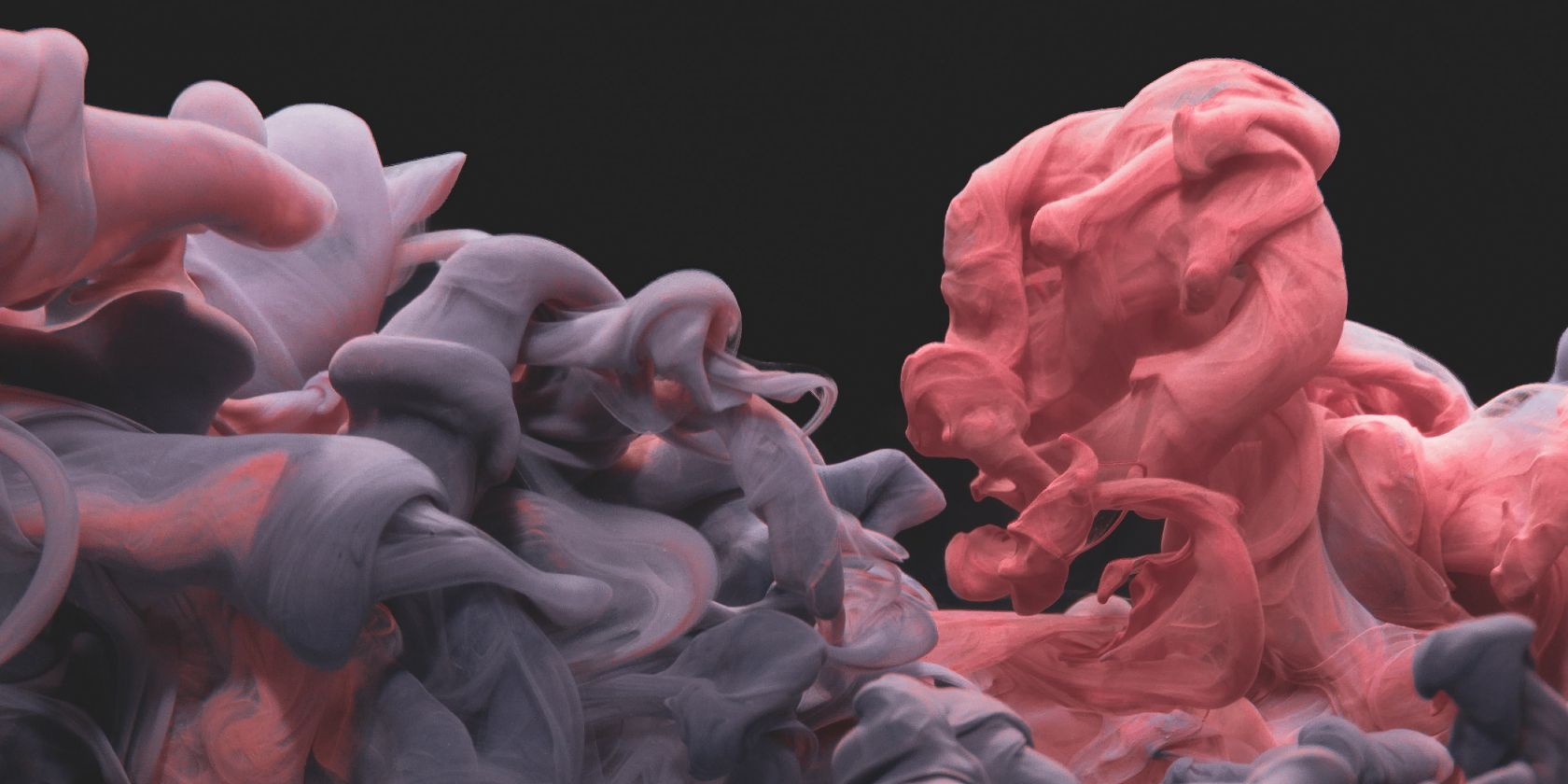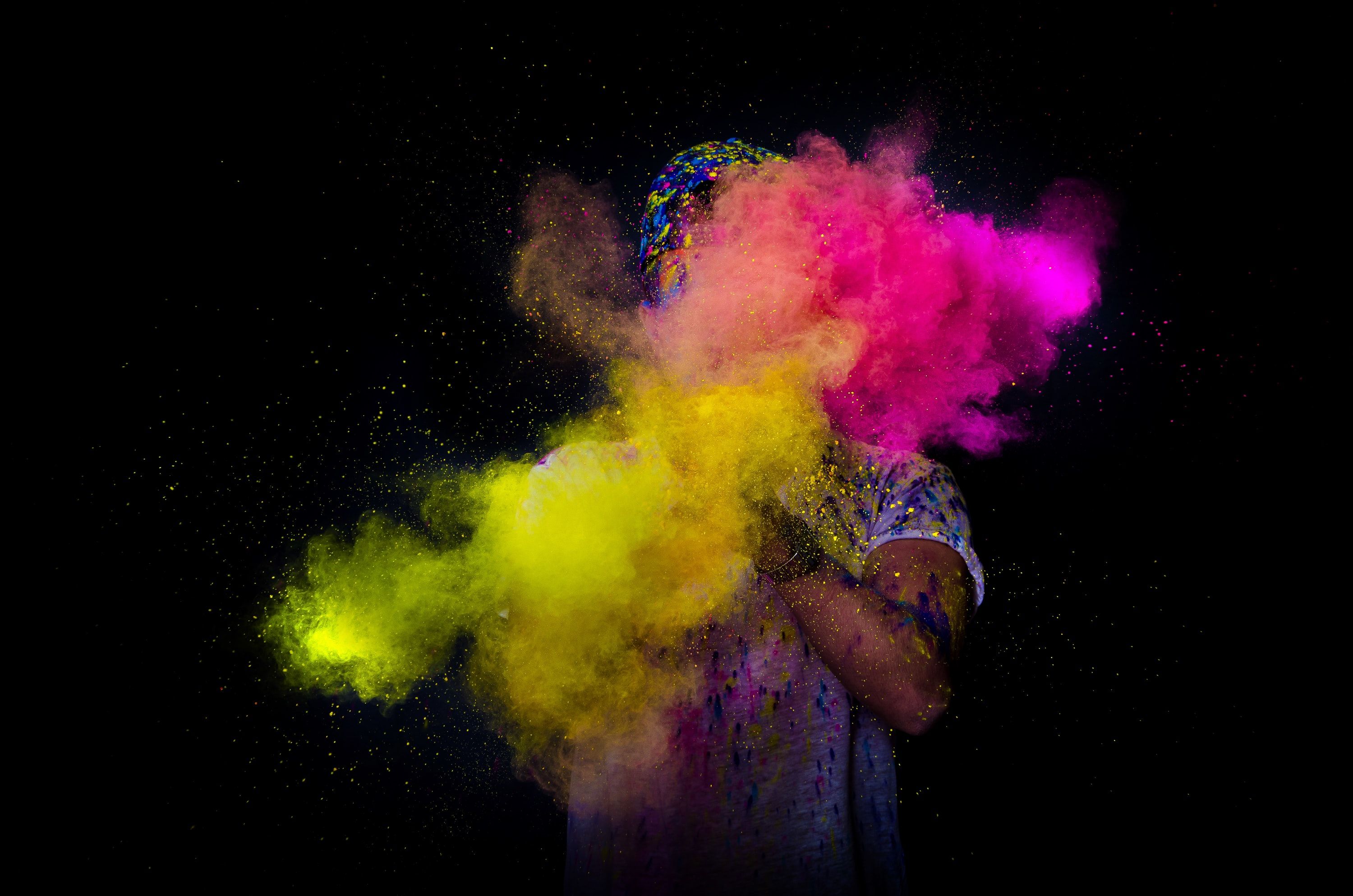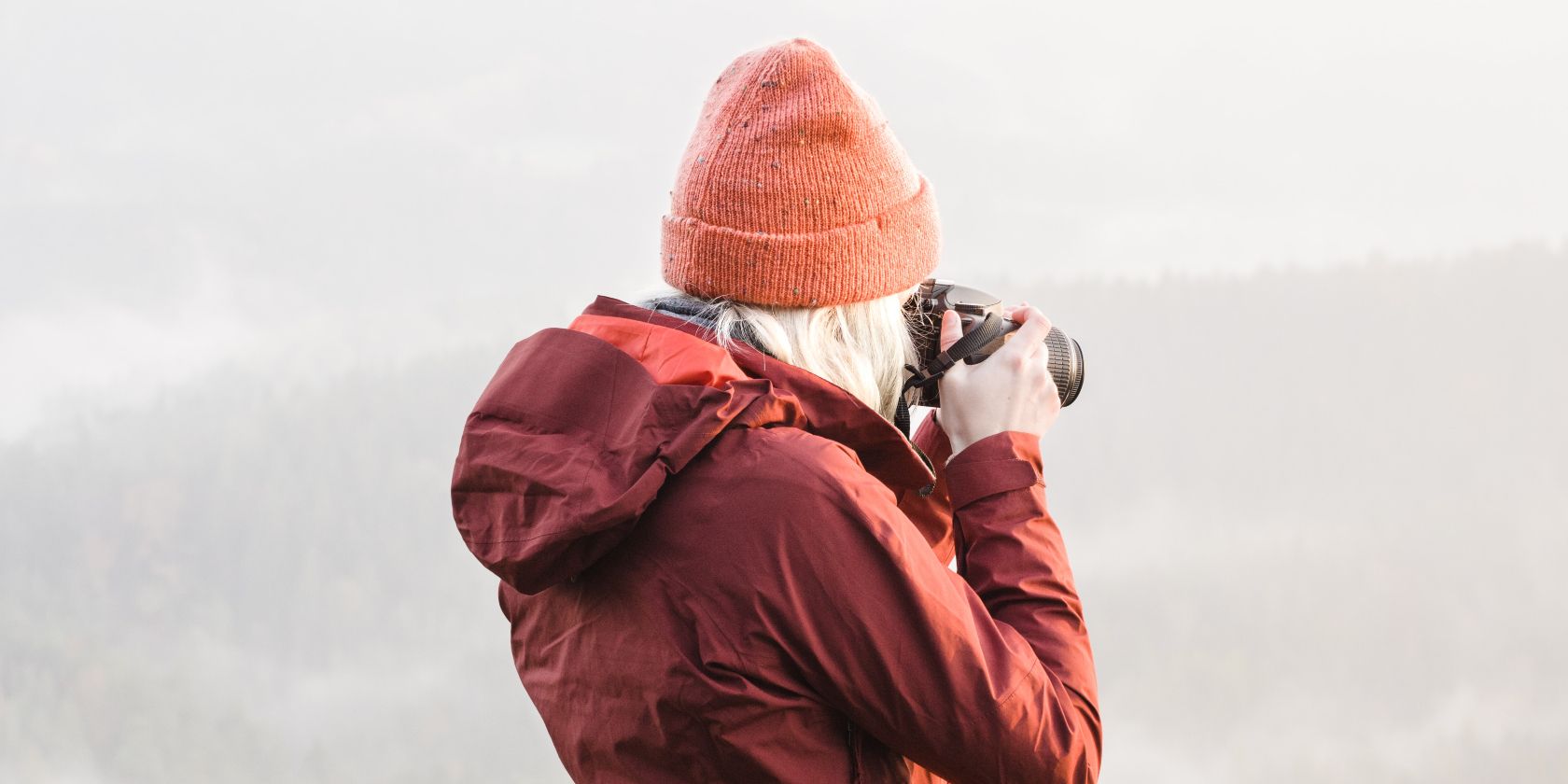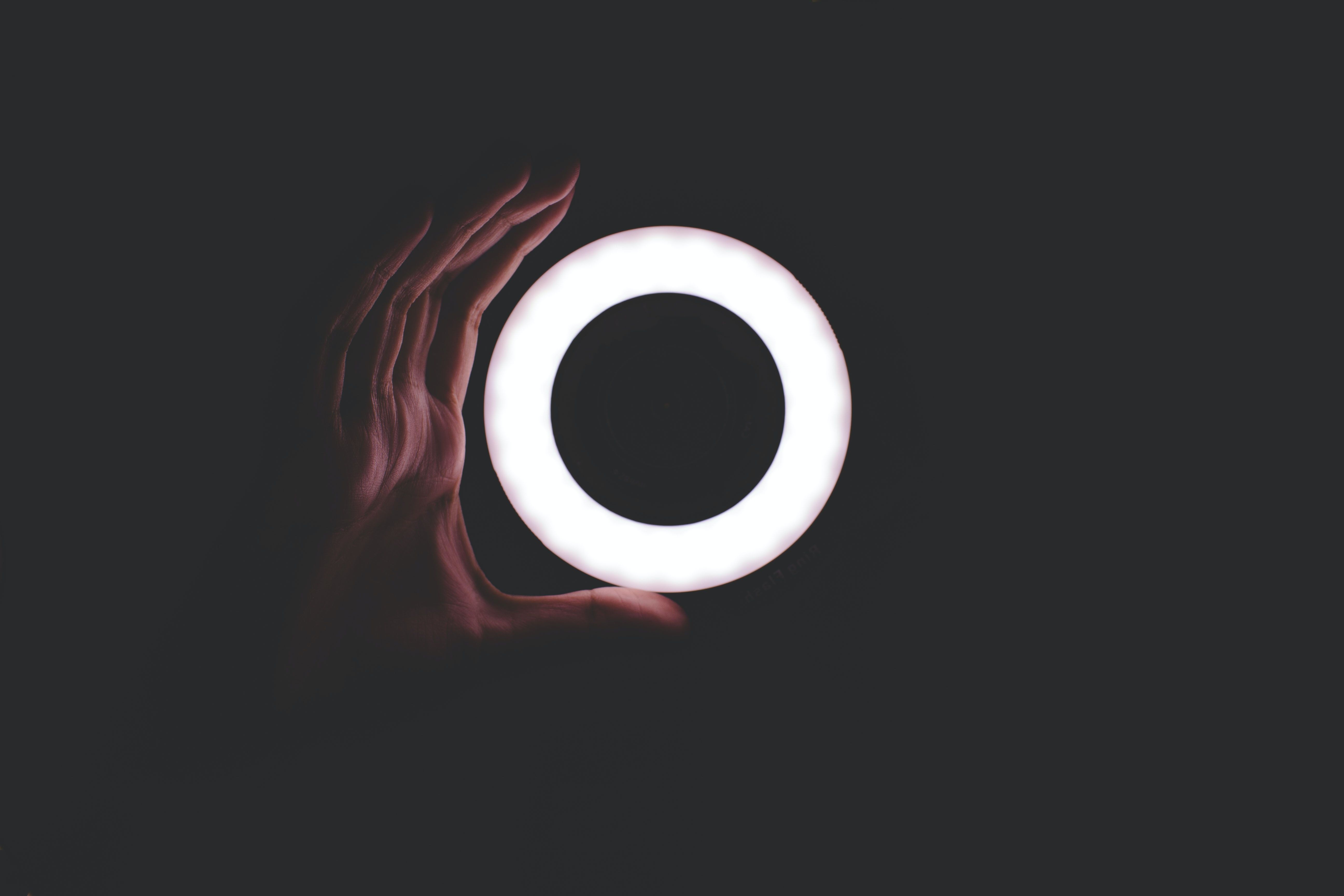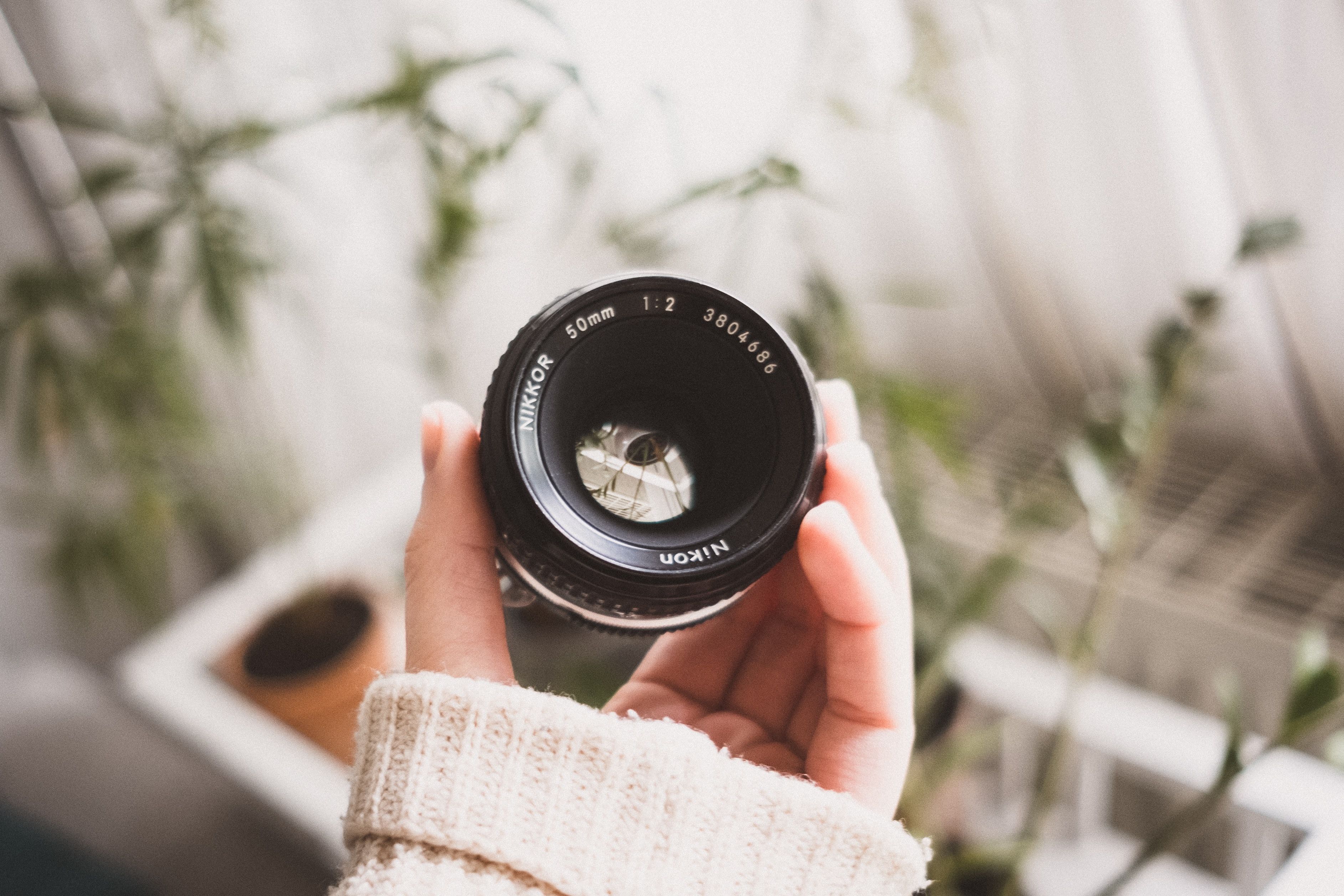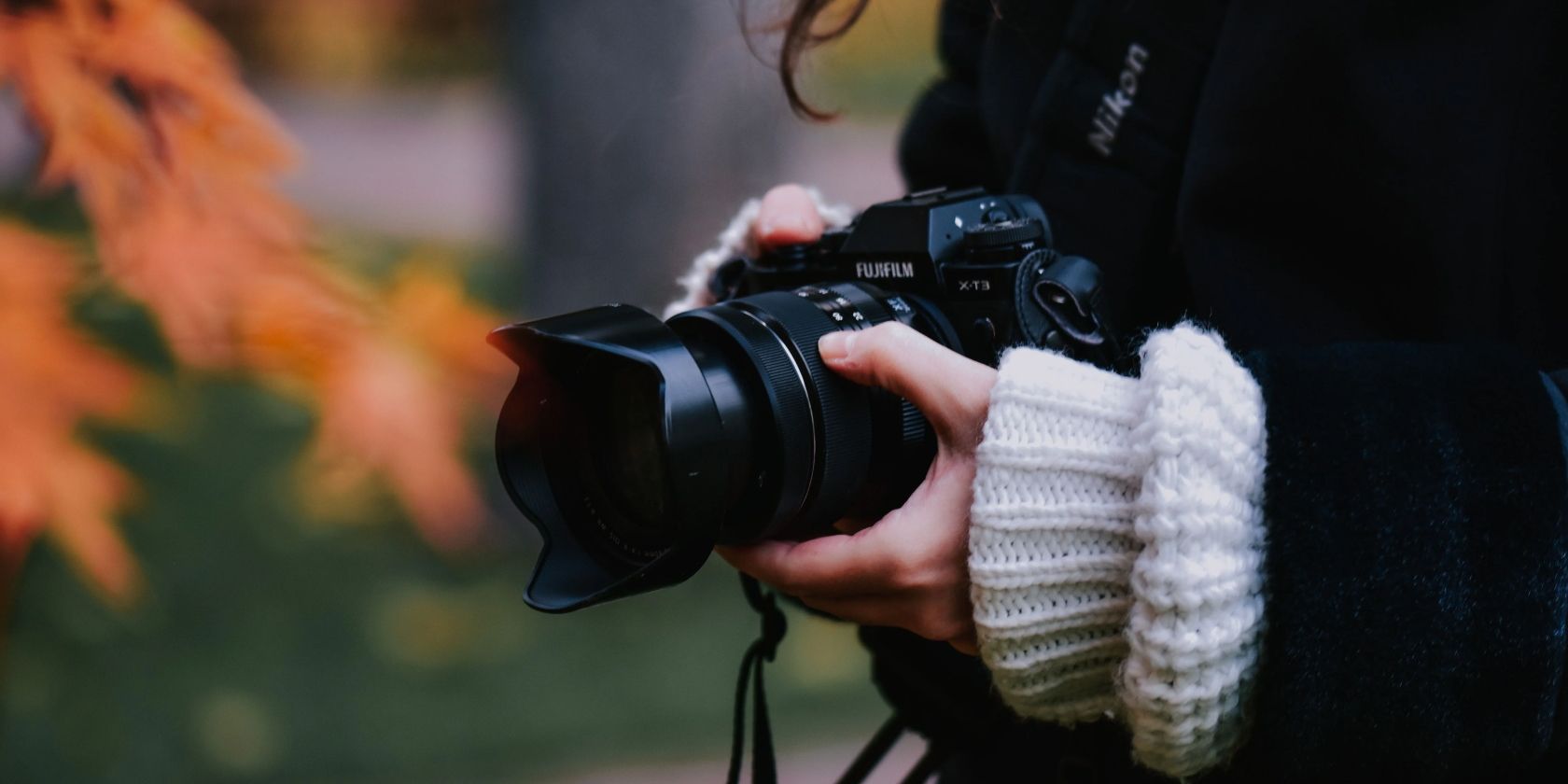If you’re new to photography, you’ll probably have heard of more common genres like landscape and portrait. But have you ever thought of high-speed photography? Even if you don’t recognize the name, you’ve almost certainly seen examples.
High-speed photography is one of the most challenging genres to master, but once you do, you can achieve stunning results. This article will explain what it is, along with giving you tips to take better fast phenomena pictures—regardless of whether you’ve got a mirrorless or DSLR camera.
What Is High-Speed Photography?
As you might have guessed from the name, high-speed photography involves capturing shots of things moving very quickly. Generally speaking, you’ll need to significantly drop your shutter speed to capture these objects.
High-speed photography is used in several scenarios. If you want to capture water droplets as they’re falling, for example, you’ll use this form of image-taking—and the same is true for capturing powder flying through the air.
You might also use high-speed photography in some instances of product photography. For example, dropping items—like food—into liquid.
Now, let’s tell you how to take these high-speed photos. The tips below will help you capture shots that’ll wow your followers or clients.
1. Use a Faster Shutter Speed
Even if you take no other tip from this list, you must ensure that you use a quicker shutter speed for high-speed photography. If objects are moving fast, and you don’t shorten your shutter speed, you’ll end up with a blurry picture; fixing this in post-production is often difficult.
Not allowing your shutter speed to go faster than your lens’s focal length is a good rule of thumb for general pictures. But for high-speed photography, you’ll need to up the ante further. We recommend using at least 1/1000th of a second, and—if possible—you might want to drop it further.
When you use a faster shutter speed, you’ll need to remember that the exposure triangle comes into play. To ensure that your image isn’t too dark, you’ll need to tweak your aperture and ISO accordingly.
The only exception to this rule is if you want to use blur to show how fast the object is moving. In such cases, pick a longer shutter speed.
2. Change Your Camera’s Shooting Mode to Continuous
Regardless of your skill level, capturing photos of fast-moving objects is often a game of luck. Even if you get the ideal frame, you might find that your image is blurry; if you only take single images, you can probably see how this quickly becomes a problem.
Instead of only photographing one frame, you should change your camera’s shooting mode to continuous. You’ll probably find that most of the pictures aren’t great, but at the same time, you’ll have a couple worth developing further in Lightroom or Capture One.
3. Pay Attention to Lighting
We’ve already mentioned that you’ll need to use a shorter shutter speed for high-speed photography, but doing so poses another potential challenge. You also let less light into your camera when you use a faster shutter speed. And without light, you cannot have a photo.
Luckily, you’ve still got some control. You can alter how much light enters your photo externally by using ring lights or other artificial lighting.
When setting up your scene for high-speed photography, consider how many lights you’ll need. You will also need to consider the background colors when setting up the lights.
4. Use Macro Mode on Your Camera
Looking at the objects in many high-speed pictures, you’ll often notice that they’re not particularly big. As such, you’ll need to think of a way to get closer to the subject and ensure that you capture it in full detail.
Using a wider aperture tends not to work, as we’ll discuss in a moment—but enabling Macro mode will help you get everything in focus. Turning on Macro mode isn’t too difficult; most modern cameras have a button, dial, or switch that lets you turn it on.
5. Don’t Use a Wide Aperture
When needing more light in their cameras, many photographers widen the aperture on their lens as a starting point. That will work in many instances, but for high-speed photography, it’s not the best option.
If you capture objects moving at a fast speed, you’ll want to get as much as you can in focus. As a result, dropping your aperture is counterproductive. You’ll want to use something wider than you normally would, and we recommend you go above f/9.
6. Consider Using Vibrant Colors
High-speed photography is exhilarating to participate in, and you should try to portray that in the images you capture. Using vibrant colors is one of the best ways to add a little more excitement to your shots.
Think about using bright objects as a contrast to the dark background. Fruits are a popular choice; lemons, strawberries, and oranges will all do the job. Similarly, consider adding dye to liquids and powders before playing around with them.
If you’re struggling to come up with ideas, learning a bit about color theory before your photoshoot will help.
7. Test Your Settings Before the Shoot
We’ve provided a lot of advice on how you can improve your high-speed photography, but you need to remember that each scenario is different. While you will gain experience by taking more high-speed pictures, you must try each situation before shooting to ensure it works.
Before jumping in, set everything up and have a couple of trial runs. That way, you’ll warm yourself up and get the mistakes out of your system.
High-Speed Photography Is Challenging, but So Worth It
Taking photos of high-speed objects is a lot of fun, and you’re guaranteed an enjoyable weekend afternoon if you want to try it as a hobby. And if you take photos for clients, you might need to do something like fast phenomena pictures in the future—so it’s worth having at least a basic understanding of how to make the most of it.
Having read this article, you should have enough to at least get you started. All that’s left for you to do is grab your camera and give this genre a try for yourself!

